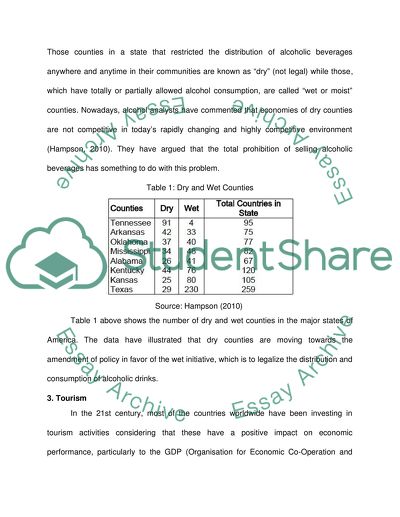Cite this document
(“Wet/Dry: A Status of the United States Alcohol Sales Research Paper”, n.d.)
Wet/Dry: A Status of the United States Alcohol Sales Research Paper. Retrieved from https://studentshare.org/macro-microeconomics/1453573-alcohol-wet-dry-body-toursmrevenue-and-econmic
Wet/Dry: A Status of the United States Alcohol Sales Research Paper. Retrieved from https://studentshare.org/macro-microeconomics/1453573-alcohol-wet-dry-body-toursmrevenue-and-econmic
(Wet/Dry: A Status of the United States Alcohol Sales Research Paper)
Wet/Dry: A Status of the United States Alcohol Sales Research Paper. https://studentshare.org/macro-microeconomics/1453573-alcohol-wet-dry-body-toursmrevenue-and-econmic.
Wet/Dry: A Status of the United States Alcohol Sales Research Paper. https://studentshare.org/macro-microeconomics/1453573-alcohol-wet-dry-body-toursmrevenue-and-econmic.
“Wet/Dry: A Status of the United States Alcohol Sales Research Paper”, n.d. https://studentshare.org/macro-microeconomics/1453573-alcohol-wet-dry-body-toursmrevenue-and-econmic.


